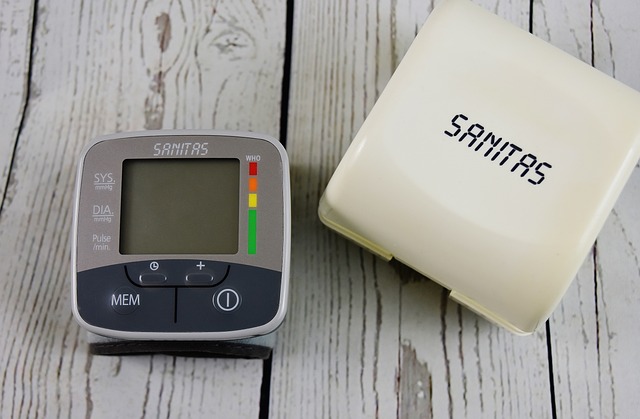Low water pressure, typically 40-60 psi, can result from outdated plumbing (e.g., rusty or blocked pipes), mineral buildup, faulty valves, high water usage, or main supply line problems. Identifying these causes is key to fixing issues like weak shower flows or difficulties drawing water from faucets. Regular maintenance and timely repairs are essential to prevent severe pressure drops and ensure consistent water pressure in homes.
Are you tired of weak shower flows and sluggish faucets? Those might not be mere annoyances but signs of hidden plumbing problems affecting your water pressure. This article delves into the causes of low water pressure in homes, exploring common culprits from leaks to clogged pipes. Learn how to understand basic water pressure dynamics, diagnose issues, and implement effective solutions for optimal water flow throughout your house.
- Understanding Water Pressure: The Basics
- Common Causes of Low Water Pressure in Homes
- Diagnosing and Resolving Plumbing Issues for Optimal Water Flow
Understanding Water Pressure: The Basics

Water pressure is a fundamental aspect of our daily lives, often taken for granted until it becomes a problem. Understanding water pressure involves grasping its measurement in pounds per square inch (psi) and recognizing that it’s the force pushing water through pipes and fixtures. A normal range for household water pressure typically falls between 40 to 60 psi. However, when pressure drops below this range, it can lead to noticeable issues, such as weak shower flows or struggling to get water out of a faucet.
The causes of low water pressure are varied and can be categorized into several key areas: outdated plumbing, mineral buildup in pipes, faulty valves or regulators, excessive water usage, or issues at the main water supply line. Identifying these root causes is crucial in determining the most effective solution for restoring optimal water pressure within your home.
Common Causes of Low Water Pressure in Homes

Low water pressure in homes can be frustrating and often goes unnoticed until it becomes a significant issue. Several factors contribute to this common problem, and understanding these causes is the first step in addressing them effectively. One of the primary reasons for reduced water pressure is leaks within the plumbing system. Even small leaks can significantly reduce water flow, leading to lower pressure throughout your home’s water supply. Over time, these seemingly insignificant drips add up, wasting precious water and exacerbating pressure loss.
Another cause could be outdated or corroded pipes. As pipes age, they can become damaged, blocked, or scaled, restricting water flow. Rust buildup on pipe interiors narrows the passageway for water, resulting in reduced pressure at taps and appliances. Additionally, faulty pressure regulators or broken check valves may fail to maintain optimal pressure levels, leading to a decrease in water pressure across your home’s plumbing system.
Diagnosing and Resolving Plumbing Issues for Optimal Water Flow

Diagnosing low water pressure issues often requires a systematic approach. Start by identifying common causes such as clogged pipes, corroded fixtures, or faulty valves. These obstructions can significantly restrict water flow, leading to reduced pressure throughout your home. Regular maintenance checks can help catch these issues early on, preventing more severe problems.
Once identified, resolving plumbing issues is often a matter of replacement or repair. Clogged pipes can be unclogged using household remedies or professional tools, while corroded fixtures may require complete replacement to restore optimal water flow. Regularly scheduling maintenance and promptly addressing any unusual drops in pressure will ensure your plumbing system operates efficiently, maintaining consistent water pressure throughout your home.
Many homeowners overlook subtle signs of low water pressure, but these issues can significantly impact daily routines. By understanding common causes like leaks, clogged pipes, or outdated plumbing, you can proactively diagnose and resolve problems through simple maintenance checks or professional interventions. Addressing these hidden plumbing concerns is crucial for restoring optimal water flow throughout your home, ensuring a steady and powerful shower, efficient appliance performance, and long-term cost savings.
